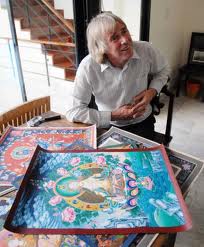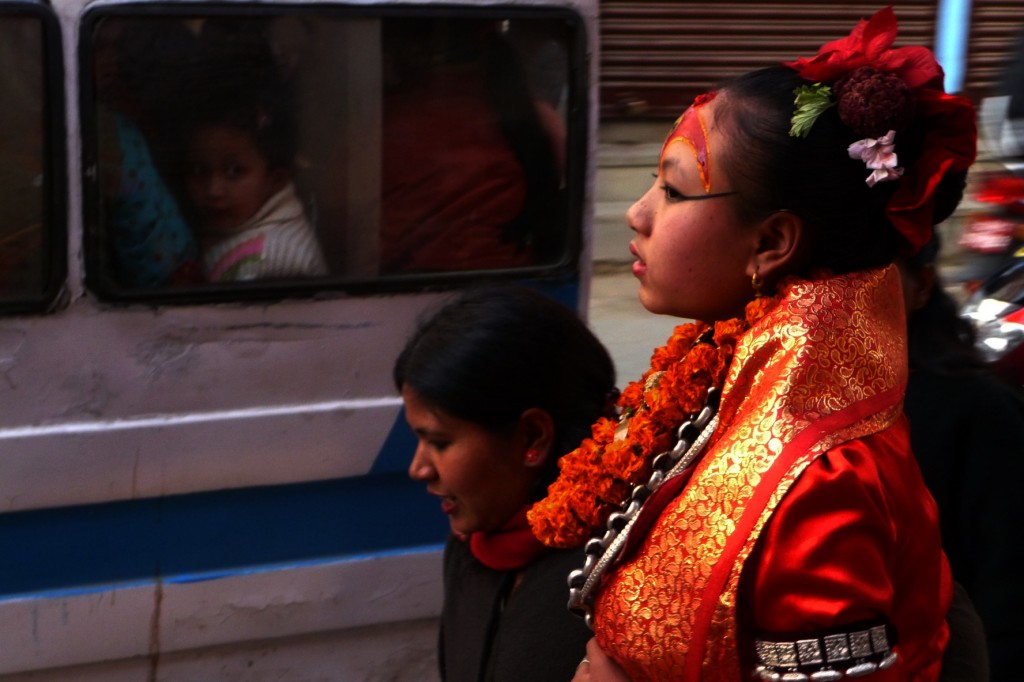᠀ नमो वागीश्वराय ।
Indologists still haven’t moved the Devanagari code block much beyond the inadequate ISCII-1988. Meanwhile, Michael Everson’s ill-informed “Newari” (sic) proposal — the only rañjanā-lipi proposal out there — hasn’t gone anywhere since the 1990s. Today, something like the siddham symbol in Unicode 6.0 [test page] has to be found in the Mongolian code block:
U+1800 MONGOLIAN BIRGA








